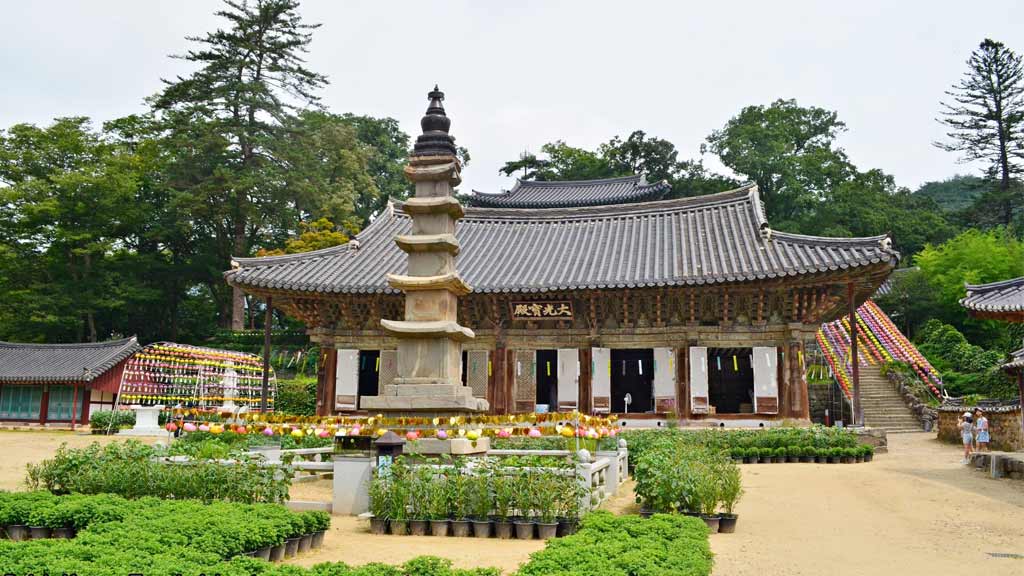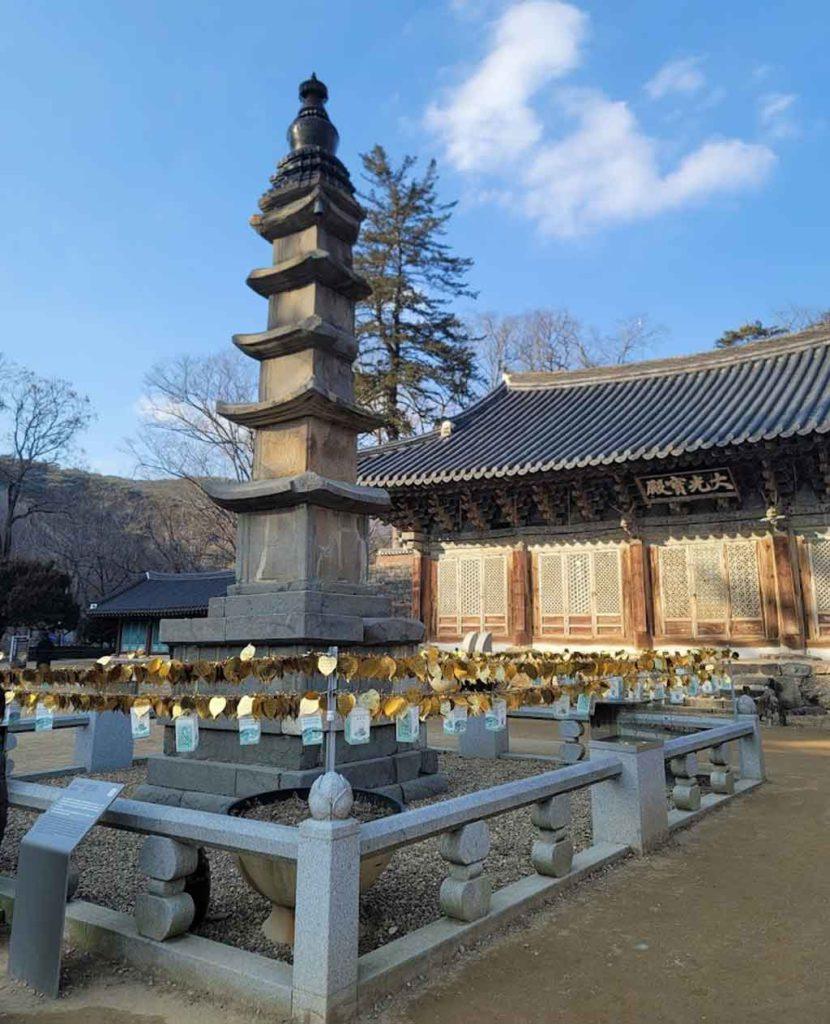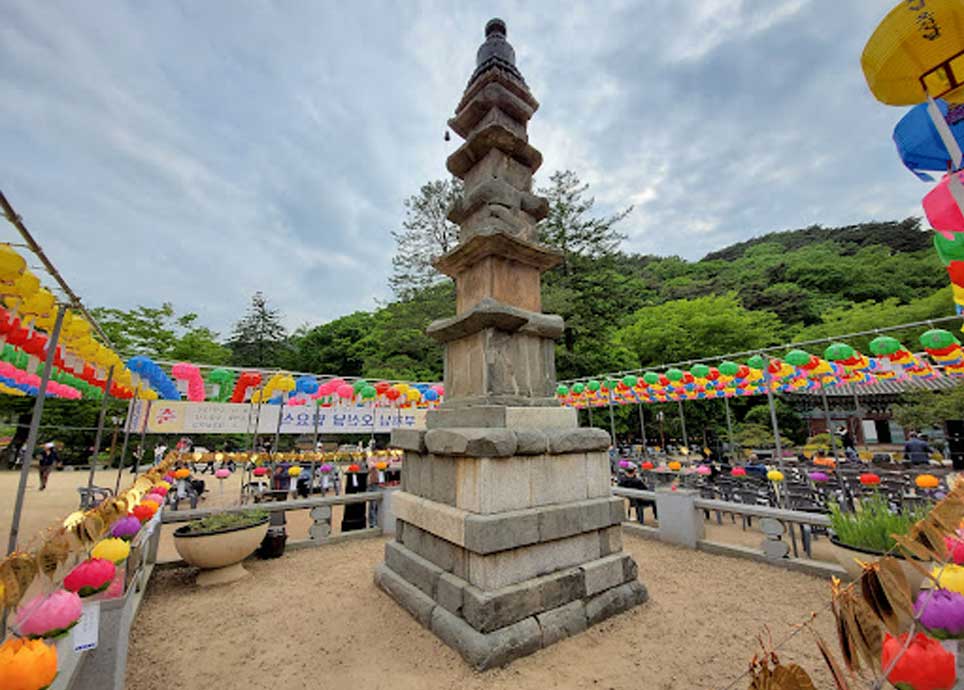Are you dreaming of a trip to South Korea that’s a perfect blend of peaceful Buddhist culture and breathtaking historical gems? If you’re looking for a hidden treasure off the usual tourist path, Gongju Magoksa Pagoda might just become your favorite discovery. From its newly conferred national treasure status to its awe-inspiring, one-of-a-kind design, this spot promises an unforgettable cultural experience. Pack your sense of wonder and let’s explore this latest national treasure of South Korea, the Gongju Magoksa Pagoda, together!
Gongju Magoksa Pagoda Becomes Latest National Treasure of South Korea
Recently, the Korea Heritage Service made a groundbreaking announcement: the Five-story Stone Pagoda of Magoksa Temple in Gongju, South Chungcheong Province has been officially designated as a national treasure. This honor comes nearly 41 years after it was first recognized as a treasure back in 1984. The pagoda’s newly elevated status reflects its exceptional significance—culturally, historically, and artistically.
Located at Magoksa Temple, which itself is part of UNESCO’s “Historic Monuments and Sites of Korea,” this captivating structure provides travelers and history enthusiasts alike with a window into the country’s rich Buddhist traditions. The temple is also the headquarters of the 6th district of the Jogye Order of Korean Buddhism, adding to its spiritual and historical importance. For anyone with a passion for art, history, or even just remarkable architecture, this brand-new national treasure is poised to be a must-see during your South Korea adventure.

So, what exactly makes Gongju Magoksa Pagoda stand out from the many other storied temples and pagodas across the nation? The answer lies in its distinctive design and the rare influences that shaped its construction.
A Cultural Visit You Will Never Forget
Rare “Tower-upon-Tower” Design
Gongju Magoksa Pagoda isn’t your run-of-the-mill, five-story stone tower. Built in the late Goryeo period (around the 14th century), it sits upon a two-tiered base and then rises up five levels. But here’s the real showstopper: perched atop the stone pagoda is a smaller gilt-bronze miniature pagoda—often referred to as a “tower-upon-tower” design. This eye-catching look is incredibly rare, even among Korea’s diverse and historically rich pagodas.

Experts believe the smaller, gilded pagoda reflects influences from China’s Yuan Dynasty. As a result, the structure offers a fascinating glimpse into the international exchange of Buddhist culture during the Goryeo era. The intricate craftsmanship on both the stone tower and the gilded top highlights advanced construction techniques for its time, leaving modern-day visitors marveling at how something so old can still stand so elegantly.
Fascinating Carvings and Craftsmanship
Of particular interest to historians and visitors alike is the presence of a never-before-seen motif on the base stone. Referred to as the haemokhyeong ansang—it resembles the eye of a crab and showcases the creativity and structural insight of Goryeo-era artisans.
Not only does it add to the pagoda’s charm, but it also demonstrates how skilled builders were at combining beauty with functionality. After all, this base helped the pagoda survive centuries of wear, weather, and even looting during tumultuous times.
A Storied Past: Magoksa Temple and Kim Gu
Magoksa Temple itself has a fascinating story woven into Korea’s modern history. Established during the Unified Silla Period, it served as a sanctuary for the famous activist Kim Gu, who sought refuge there disguised as a monk after escaping prison. Legend has it he planted a juniper tree that still stands in front of Daegwangbojeon Hall, not far from the iconic pagoda.
This living connection to Korea’s independence movement adds an extra layer of intrigue to your visit.
Survival Through Turbulent Times
One of the most incredible aspects of the Gongju Magoksa Pagoda is what it has endured. During the Japanese invasion of Korea in 1592, many temple treasures were lost. Yet, the pagoda itself and certain artifacts—like incense burners and door pulls—managed to survive, only to be rediscovered during restoration in 1972.
This resilience, combined with its advanced craftsmanship, speaks volumes about how much heritage can be preserved if cared for properly.

Visit Gongju Magoksa Temple for Your Cultural Visit to South Korea
Today, visitors to Gongju Magoksa Temple are in for a treat: you can stand in the presence of a newly named national treasure that also happens to be part of a UNESCO World Heritage site. The serene temple grounds exude peace, tranquility, and an almost otherworldly charm. From the stories of Kim Gu’s daring escapes to the unique architectural influences from ancient dynasties, this corner of Gongju offers a deep dive into Korean history you won’t get anywhere else.
Therefore, if you’ve been looking for a special, soul-soothing place to explore beyond the hustle of Seoul’s city lights, the Gongju Magoksa Pagoda in South Korea now awaits you. Witness a piece of living history: the temple’s storied past, blended with the pagoda’s rare design and global influences, makes for a visit you’ll be talking about for years to come.
So, don’t miss out on this rare chance to see history in the making. Next time you find yourself in South Korea, add Gongju Magoksa Temple to your itinerary, and see firsthand why this pagoda is captivating hearts and minds around the world!
Gongju Magoksa Temple
- Address: 966 Magoksa-ro, Sagok-myeon, Gongju-si, Chungcheongnam-do, South Korea.
- Phone: +82 41 841 6221
- Website: http://www.magoksa.or.kr/
Related Posts
2,833 total views, 3 views today

















